It may be the Netherlands’ second city, but the giant port of Rotterdam is a world capital when it comes to architecture. Unfortunately, during WWII virtually the entire old section of the city was destroyed leaving only 3 or 4 historical structures intact. As a result, the City has been rebuilt with surprising results. Some are ultra modern while others more traditional.
Our walking tour left the dockside area and headed into the main section of the Town. Our first stop was to view the White House (Witte Huis),
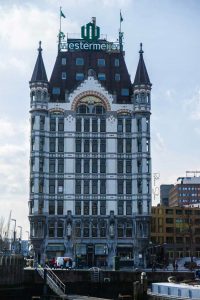
which was constructed in 1897 to 1898 in an attempt to follow innovations being done in the US. This building survived WWII and is 45 meters high and is considered to be the Netherlands’ first ‘skyscraper’ and for many years was the tallest office building in Europe.
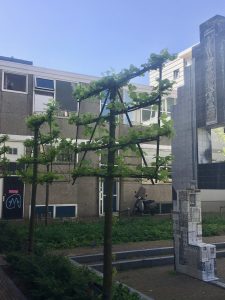
Moving along we visited the Cube Houses.
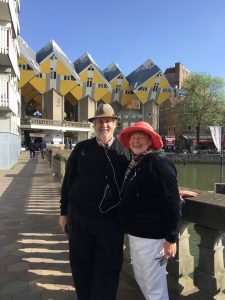
Built between 1982 and 1984 the Cube Houses offered an innovative living experience. The Cube Houses consist of 40 small homes shaped like tilted cubes each perched on a concrete pillar giving the impression of architectural ‘trees’ clustered together to make a forest.
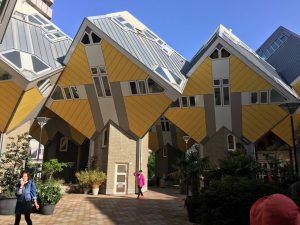
Each cube is about 1,000 square feet but certainly a different style.
Our walking tour included the Market Hall.
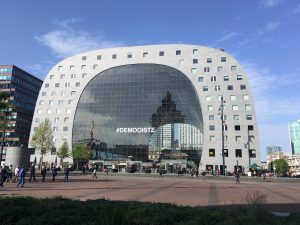
Having been in a number of City Markets, the Market Hall wasn’t anything similar to what we have seen in the other areas of Europe.
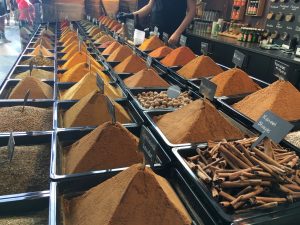
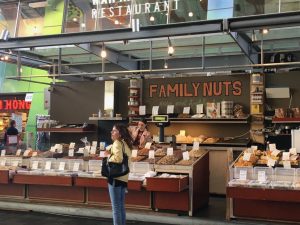
This large inverted U shaped building has a very large central area with an art covered ceiling and is filled with various shops ranging from food, gifts and other items available. Our first stop was a shop to taste Stroopwafel – a waffle made from two thin layers of baked dough with a caramel syrup filling in the middle.
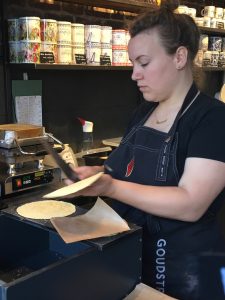

Very tasty for sure. Next stop Dutch cheese. Henri Willig Cheese – a family operated cheese shop started in 1974 and available throughout the Netherlands.


We say this cheese throughout Amsterdam but never stopped in. This place produces a number of Gouda products and we ended up buying a couple of Sheep Cheese Gouda’s extra Old and Baby Sheep. Hopefully these will stay sealed and we can get them back home without a problem.
One of the other buildings that mostly survived the war and the city’s only example of Gothic architecture is the Grote of Sint-Laurenskerk.
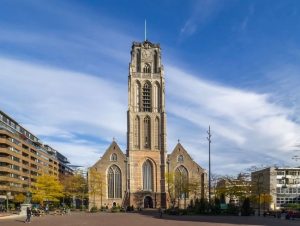
Built between 1449 and 1525 it of course started out as a Roman Catholic Church and after the reformation became Protestant.
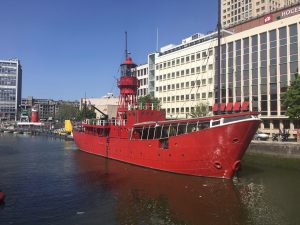
For centuries Rotterdam has been a major port. To commemorate this, the Maritime Museum was developed and has a collection of vintage ships and exhibits tracing much of this history.
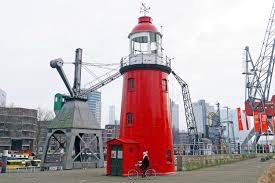
All in all a lovely collection of shipping history.